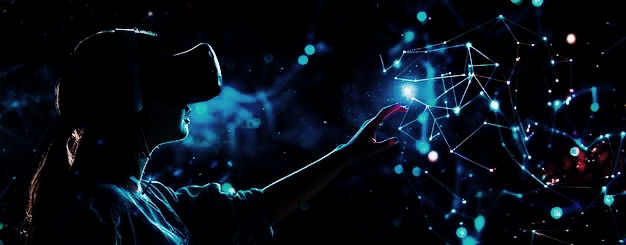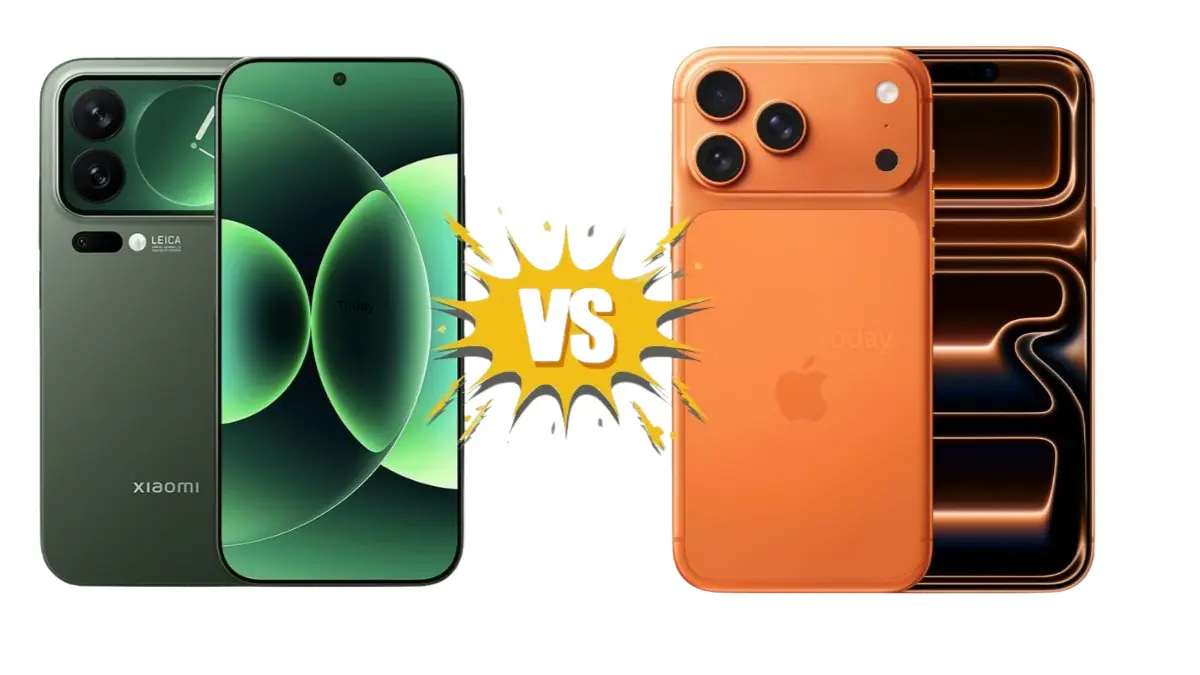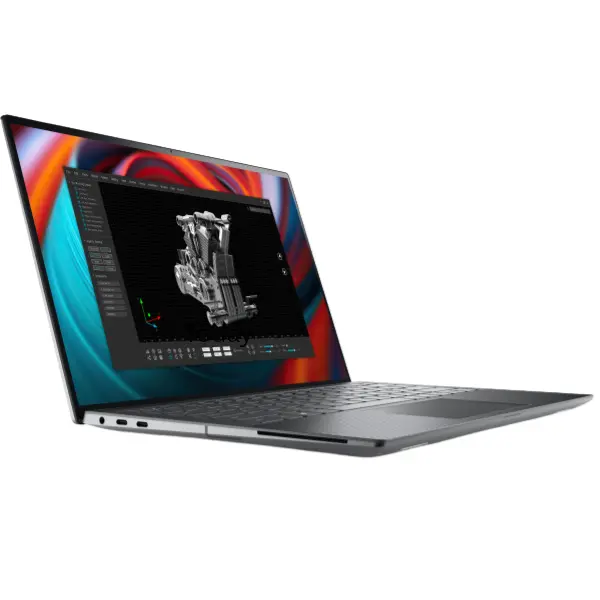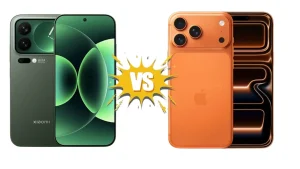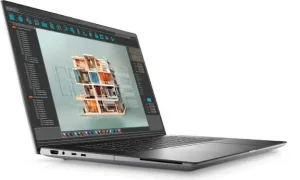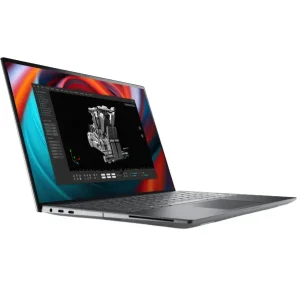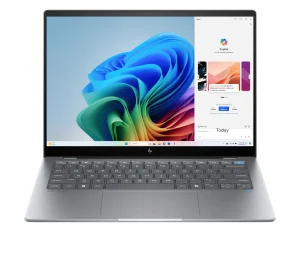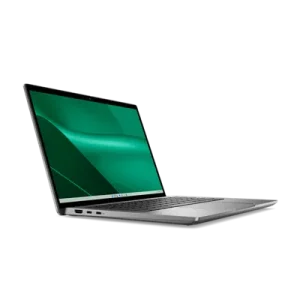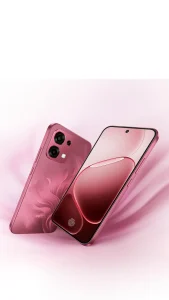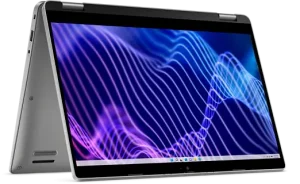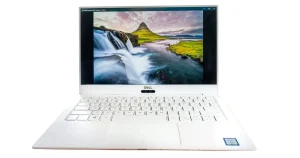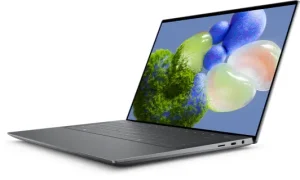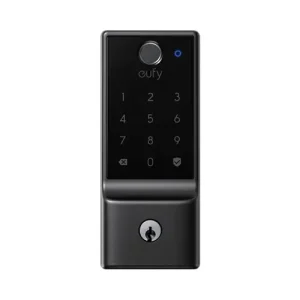Virtual Reality 2.0 (VR)The Future Has Arrived
Virtual Reality (VR) 2.0: The Future Has Arrived
Virtual Reality 2.0 is the next step in immersive digital technology. VR 2.0 isn’t just for games or fun; it’s a completely new way to perceive reality that alters the way we work, learn, play, and talk to other people.
What is VR 2.0?
VR 2.0 is the next step from basic, early VR systems to a digital environment that is fully immersive, very responsive, and looks and feels real. It uses innovative technology, such as
AI-powered interactivity
Tracking the full body and face
Weapons and suits that seem real and have tactile feedback
Ray tracing in real time for rendering
Streaming through the cloud and 5G and 6G
Mixing of multiple worlds (VR, AR, and MR)
You can do more than just look around and utilize a controller with VR 2.0. The system can also understand and respond to the way you feel, walk, display emotion, and even think.
The main technologies that make VR 2.0 work Virtual Reality 2.0
1. Pictures that look real Virtual Reality 2.0
Unreal Engine 5 and Unity HDRP are two graphics engines that can now make environments with realistic lighting, complicated textures, and real-world physics. This makes things that happen on a computer look just like things that happen in real life.
2. Motion capture for the whole body and face.Virtual Reality 2.0
Advanced monitoring technologies keep track of your body movements and facial expressions in real time, so avatars can correctly imitate your smile, gestures, and feelings.
3. Wearable technology and haptic feedback
Haptic gloves, vests, and outfits let you feel the virtual world. Touch is a part of the simulation, from how surfaces feel to how hard a blow is.
4. Talking to AI, Virtual Reality 2.0
There are no scripts for characters in VR 2.0. They change and learn. AI NPCs may talk to you, remember what you did, and respond emotionally, offering you new and different experiences every time.
5. Cloud and Edge Computing Virtual Reality 2.0
Thanks to fast 5G and 6G networks, VR 2.0 content is no longer limited by how much space your device has. There is relatively little lag when games and experiences stream directly from strong cloud servers.
🌍 Not Just for Gaming: Effects in Real Life
🎓 School Virtual Reality 2.0
Students in virtual classrooms can learn about space, biology, or history by doing things, not just reading about them. You can learn about anatomy by walking through the body or about history by standing in ancient Rome.
🛠️ Work and Training
VR 2.0 includes very realistic, safe places for professionals to improve their skills, from military and medical simulations to training for construction and aviation.
🏥 Health Care
Doctors may now undertake mock surgeries, practice on simulations that are different for each patient, and even assist patients deal with pain and anxiety in virtual worlds.
💼 Working and working together from a distance
Teams can meet in virtual workplaces, collaborate on digital whiteboards, and make things in shared 3D spaces without having to travel.
🛍️ Shopping and shopping online
You can try on outfits, test out things, or look around virtual showrooms without leaving your house. VR 2.0 makes shopping more engaging and intimate.
🎭 Life is fun and social
You may have concerts, go to plays, or just hang out with friends in a virtual city that everyone can see. Distance doesn’t matter with VR 2.0.
The Future: VR 3.0 and Beyond
What comes after VR 2.0?
You can control your brain directly with Brain-Computer Interfaces (BCI).
Digital twins for occurrences that happen in real life and in the virtual world at the same time
Environments that are very individualized based on mood and behavior
Click to learn more about technology.
Share this content:
